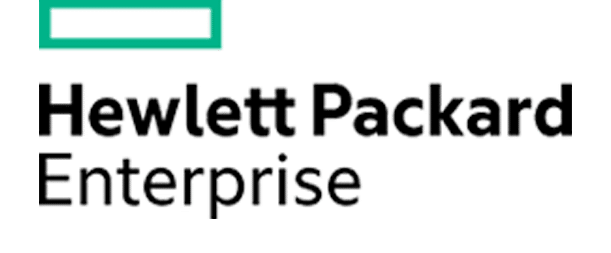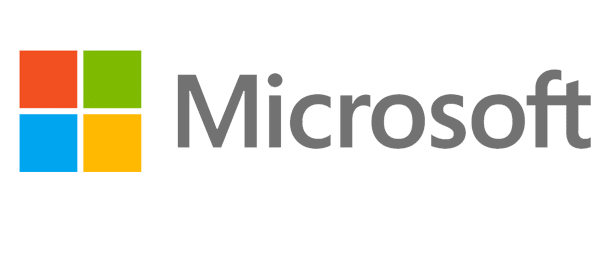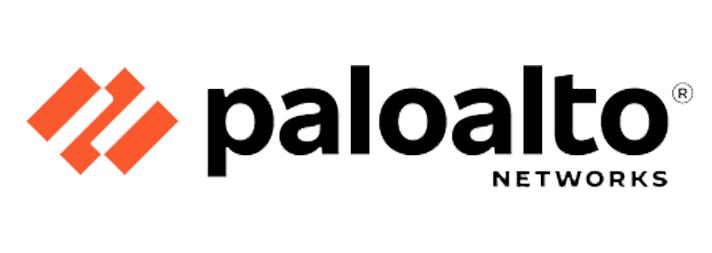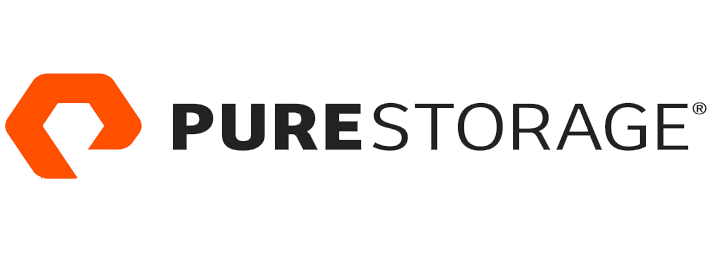What is Block Storage as a Service via HPE Greenlake
Block Storage as a Service for HPE Greenlake is a new offering from Hewlett Packard Enterprises (HPE) that provides block storage as a service. It represents a significant advancement over the company’s edge-to-cloud platform, and HPE Greenlake is positioning Block Storage as the storage industry’s first storage-as-a-service that offers self-service with 100 percent availability. Current storage service offerings have a few challenges associated with them, such as a high price that only makes them suitable for large-scale deployments. Furthermore, many existing storage service offerings only commit to 99.99 percent, or four nines, of availability, which is insufficient for mission-critical applications that typically require at least six nines of availability. Finally, current solutions often fail to deliver self-service for daily operations.

How is Block Storage as a Service via HPE Greenlake different from a cloud-based block-storage service?
A cloud-based block-storage service requires you to select a specific storage system, whereas Block Storage allows you to select one of four service parameters. These include availability, performance, capacity and subscription term, indicating the desired outcomes for applications. HPE or a certified partner takes care of the other requirements by delivering the necessary infrastructure, which is owned by HPE and operated by the customer. The customer gets the convenience of a flexible subscription by moving from an ownership model to an as a service model, eliminating the need to manage infrastructure.
Intent-based storage provisioning is another advantage of Block Storage, which removes all the guesswork of traditional approaches to provisioning. It moves the customer from a launch-centric manual process to an AI-driven, application-centric approach. All the customer needs to do is select the storage tier, workload type, capacity and protection policy. Block Storage automatically optimizes the SLA by recommending the best system for the new workload, which is particularly beneficial for line-of-business (LOB) people and application owners since they now get the self-service provisioning they haven’t always had with on-premises storage. This capability reduces provisioning time from days to minutes, allowing customers to get their products to market faster and spend more time on high-value initiatives.
Global management is another advantage of a completely cloud-managed infrastructure, as it allows you to manage your entire storage fleet from a single SAS-based console that you can access from any location and device. Cloud-native control planes also scale autonomously with your storage requirements because it’s just as easy to manage hundreds of systems in different locations as it is to manage one. This is similar to what a customer would experience with a hyper-scalable cloud-based solution, but Block Storage delivers it on-premises. Availability is another advantage of Block Storage compared to public clouds. These vendors rarely commit to 100 percent availability, whereas Block Storage does.
Block Storage thus offers the operational agility of the cloud, with the control of keeping data on-premises. This is a great combination, as 70 percent of all enterprise applications are still located on-premises. Take a look at the benefits of HPE Greenlake Block Storage as a Service in our blog.
How is HPE Greenlake Block Storage as a Service different from HPE Greenlake for Storage?
HPE Greenlake for Storage is similar to Block Storage in many ways, such as managing them with the Data Service Cloud console and their use of AI-driven health monitoring. However, Block Storage expands GreenLake’s storage portfolio of cloud data services, so Storage and Block Storage have different target customers with different sets of needs. For example, Storage is generally a tailored, managed service, whereas Block Storage is more about a self-service experience.
The specific differences between the two relate to the ordering process, payment process and management services. Block Storage has a streamlined ordering process based on simple SLA-driven self-service. The payment model for Block Storage uses a flat, monthly subscription fee that results in predictable monthly costs, whereas Storage has a pay-for-use model similar to other cloud platforms. This model offers slightly more granularity between what you’ve used and what you pay. Block Storage also uses a self-storage approach for management services, while Storage doesn’t offer a fully-managed service option. However, Storage does have features like joint capacity management.
What’s underneath the covers of Block Storage with HPE Greenlake ?
Customers don’t need to care about Block Storage’s underlying infrastructure, only their SLA requirements like capacity, performance and time period. Once the customer provides this information, HPE Greenlake abstracts that complexity and provides the infrastructure needed to meet those requirements. This infrastructure is generally based on Alletra, which is HPE’s storage array solution.
Can customers add other HPE Greenlake as a services options like HPE Greenlake for Backup and Recovery??
HPE Greenlake as announced that it will offer its Backup and Recovery solution in the near future. It will include some enhancements that customers can add to Block Storage, such as data protection. Backup and Recovery provides everything as a service, so it doesn’t just end with Block Storage. Once customers invest in Block Storage, they also obtain access to a comprehensive suite of cloud data services that provide a unified operating experience. This includes Backup and Recovery, which performs effortless cloud backup to meet any SLA from a single pane of glass.
Block Storage customers also get access to many workloads besides storage, such as compute and networking. The GreenLake platform has over 50 services, so customers can get everything they need as a service.
When will HPE Grenlake for Block Storage be available and what can interested customers do to learn more?
Many existing customers want to know when Block Storage will be available, but HPE hadn’t issued a specific release date as of their HPE Discover 2022 conference.
Customers who want to know more about Block Storage should first take the free 30-day HP cloud physics assessment, Comport can help set this up for you. This tool lets customers analyze their infrastructure to identify inefficiencies that may be opportunities for optimization, such as sizing issues. They can then develop potential solutions to these problems. The next step is to review a three-minute demo that explains Block Storage’s self-provisioning and management capabilities. Finally, customers can explore HPE’s page website block storage as a service section for more information on the next steps to take in learning about Block Storage or contact Comport



























